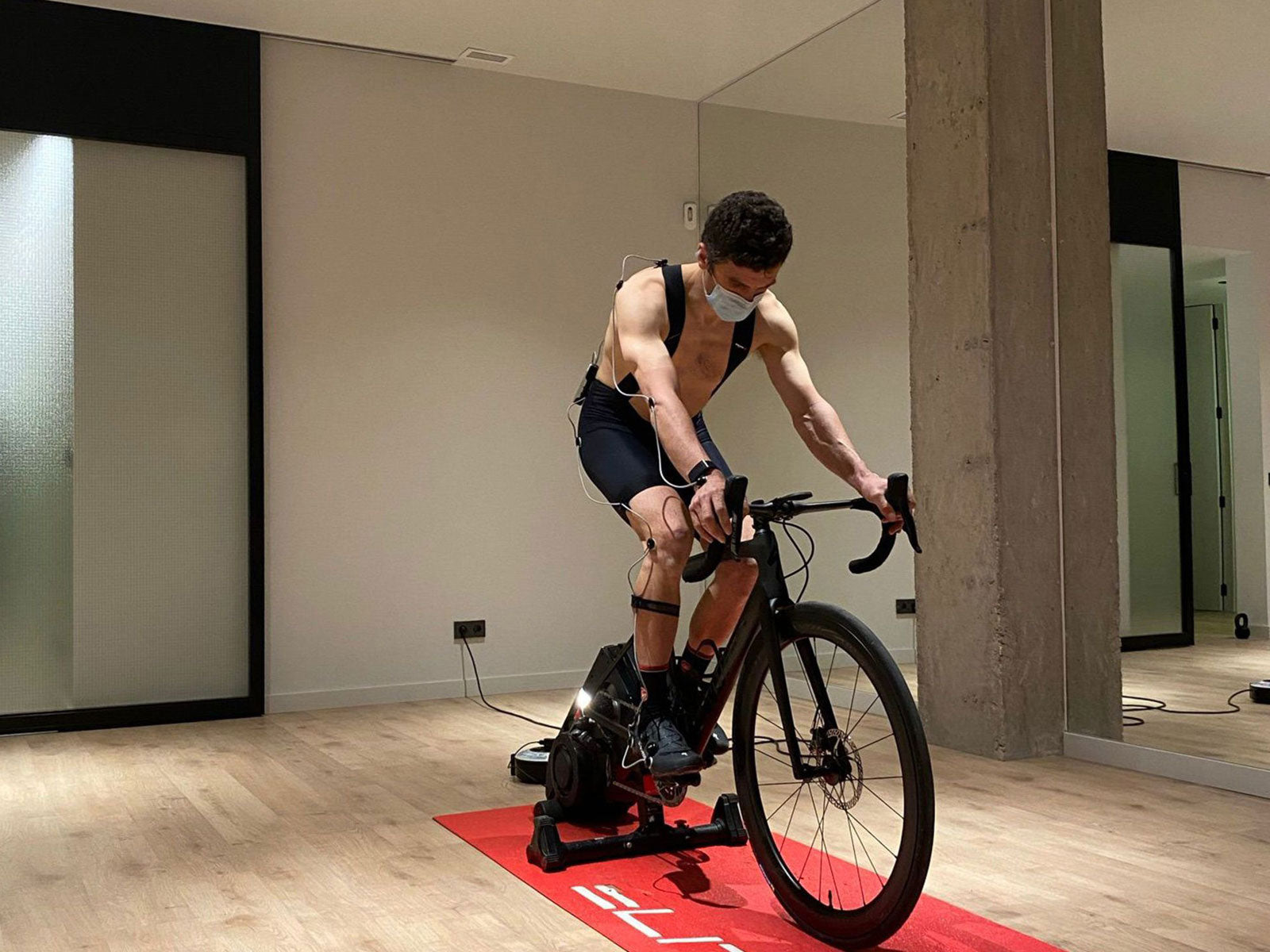Biomechanical Study and Its Importance in Cycling

In collaboration with Clínica Heben
At CLINICA HEBEN we know that biomechanical study has gained importance in sports practice in general.
Over the last few years, health and sports have taken on a fundamental role. Both have significantly increased in our lives. Therefore, we are more aware when it comes to taking care of our health by including sports in our lives, whether at an amateur or professional level.
Therefore, we want to highlight in this article: What is it? And Why should you do one?
What is a biomechanical study?
It is a physical examination in which the patient is clinically evaluated to determine if they have suffered any significant injuries. Subsequently, the position of the feet in static and movement is analyzed using technology, and the behavior of the spine, hips, and knees also influences the study.
This test allows us to discover if there is any type of biomechanical imbalance in the musculoskeletal system. These imbalances should be treated in a timely manner, as continuing to exercise with an incorrect position will be reflected in the form of discomfort on the bike and can ultimately result in injury.
The importance of biomechanical study lies in the results that the application of this science will have on us.

Why should it be done for cycling practice?
A biomechanical study will provide the following benefits:
- Improved performance:
The biomechanical study ensures that movement efficiency is exceptional. Therefore, we will have a more efficient application of our performance during the execution of the sporting activity.
- Injury prevention:
The biomechanical study not only gives us the best position and provides information on how to exert effort, but it also identifies practices harmful to our body, greatly reducing the risk of injuries.
- Comfort:
A proper design of sports equipment is crucial. Currently, ergonomics is highly considered by all manufacturers of sports equipment and clothing, ensuring that such material is better adapted to human conditions.
- Final physical assessment:
Once the biomechanical study is completed, we will have a clear physical assessment of our position on the bike. Additionally, if there is any issue regarding force distribution or movement, the professional will prescribe specific strength and core exercises to compensate for the musculature, thereby improving the problem.

At CLINICA HEBEN, we use the RETÜL technological system. It is the most advanced biomechanical analysis and study system available today. The main objective is to facilitate the study of the cyclist's position while pedaling, in order to improve the efficiency and comfort of the cyclist on the bike.
All bodies are different, and over time our bodies change. The position of each cyclist is determined according to their morphological characteristics.
The RETÜL system is based on 3 concepts:
-
It's dynamic: It records the cyclist's movement while pedaling, obtaining measurements and angles of all joints in any pedaling motion.
-
It's precise: The RETÜL system offers millimeter precision. Most importantly, we obtain an analysis of the cyclist's pedaling dynamically (under full effort).
-
It's in three dimensions (3D): The RETÜL system eliminates "eyeballing" work by providing a series of precise data that allow us to know exactly how the cyclist is pedaling, with angles and distances to the millimeter.
In practical terms for a cyclist, biomechanics will primarily serve to achieve the most optimal position on the bike.
More stories:










Laissez un commentaire